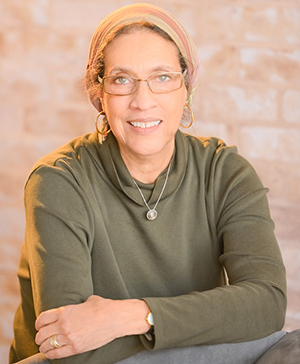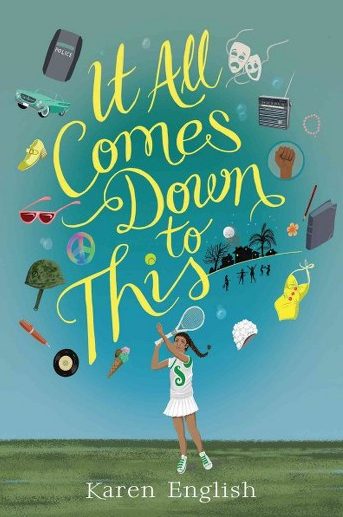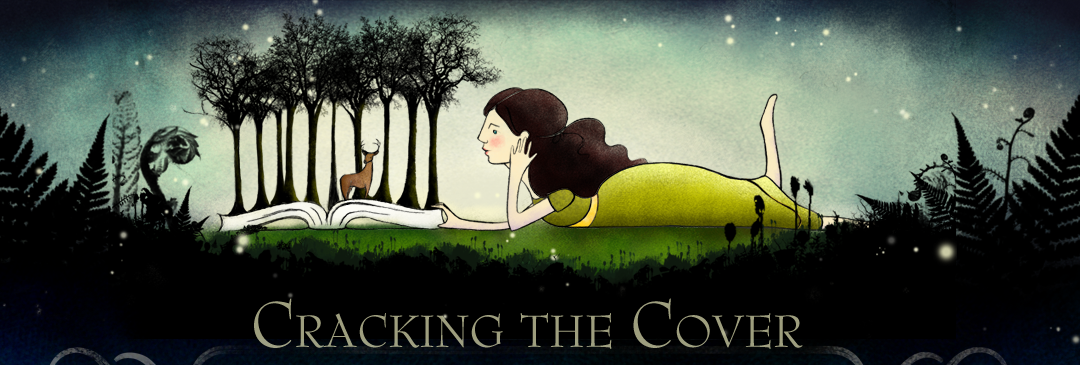 Karen English is a Coretta Scott King Honor Award-winner and the author of the Nikki and Deja and The Carver Chronicles series. Her latest book for middle-graders is It All Comes Down to This. The following is a complete transcript of her interview with Cracking the Cover.
Karen English is a Coretta Scott King Honor Award-winner and the author of the Nikki and Deja and The Carver Chronicles series. Her latest book for middle-graders is It All Comes Down to This. The following is a complete transcript of her interview with Cracking the Cover.
Why do you write?
Because I started writing when I was seven, it long ago became a part of me. Why do I write? One might as well ask me why do I breathe.
Specifically for young readers?
Years of teaching school and being the mother of four children have given me some insight into the hearts and minds of young people. My goal is to write stories that reflect those hearts and minds and situations with which young people are often confronted.
Where did the idea for It All Comes Down to This come from?
A comment a housekeeper made when I was a child inspired this book. She told me that if I ever went to Africa, the Africans would kill me. ‘They don’t like no light skinned Negroes in Africa,” was her assertion. One of my goals was to write a book surrounding that comment, in part, and exposing certain divisions residing in the African American community during the time period of the novel.
How did Sophie’s character develop?
In one respect, I based Sophie’s character on my younger sister, Janice. I sometimes would come across her sitting on our front porch—waiting it out—when the children on the block went down to a kid’s house where black people were not allowed. Janice would just read or play with our cat while looking not very bothered about a situation that was simply part of the fabric of America.
Outside of that, Sophie’s character developed as I wrote the book.
 You could have easily made Sophie’s best friend black. Instead, she’s befriended by Jennifer, a red head with a pug nose. What made you decide to go in that direction?
You could have easily made Sophie’s best friend black. Instead, she’s befriended by Jennifer, a red head with a pug nose. What made you decide to go in that direction?
There was actually a real Jennifer-like person. She lived directly across the street from us and she was a true friend to my sister. If she was home during one of these “episodes” she’d choose to be with Janice.
One of the things that stood out to me in the book was the discussion of “light” and “dark” skin in the African American community. Why was this an important element?
The value of light skin is a reality all over the world. You read of women in India and various African countries bleaching their skin seeking to achieve one of the “standard” definitions of beauty. This phenomenon in the African American population goes back to the time of slavery and, therefore, elicits more emotion. Lighter skinned slaves were usually singled out to work in the master’s house, where the work was not as grueling as work in the fields. Because they were often the result of liaisons between the slave master and his female slave (mostly coerced), they received less harsh treatment. In the larger society standards of beauty among African Americans were based on how closely they resembled whites. As a result there was often strong resentment for the more “privileged” light skinned black person. Evidence of this still exists today but not on the scale of what it was historically (at least not on the surface).
This phenomenon was an important element in the book because it governed—in large part—the relationship between Sophie and Mrs. Baylor.
This book takes place in 1965. Why do you think it will resonate with young readers today?
It’s not the time period that I hoped would resonate with young readers. It was the character of Sophie. I wanted to make her fully realized and relatable. Through Sophie, I hoped to give young readers a window into a unique time in black history: that time of transition from apology to pride—and all that went with it. Also, I wanted them to see that black history is an integral part of American history.
What do you hope readers will take away from It All Comes Down to This?
In addition to the above, I want readers to see that we all have the exact same range of emotions. Beneath the superficial, we are all alike.
You are a former elementary school teacher. How does that influence your writing?
I think teaching has given me a heightened sense of empathy. I think I can see beneath the surface of young people’s behavior and their occasional resentments and frustrations. Teaching has given me a kind of window into their challenges. And that leads to more story ideas.
What are you working on now?
I’m working on a picture book about the practice in Ghana (West Africa) of naming a child after the day of the week on which he or she was born.
Is there a book from your own youth that still resonates with you today?
Beverly Cleary’s Ellen Tebbits. It was my first time reading about a regular little girl who lived on a regular street and had regular friends, and they all did regular things. And that the little girl could easily be me.
